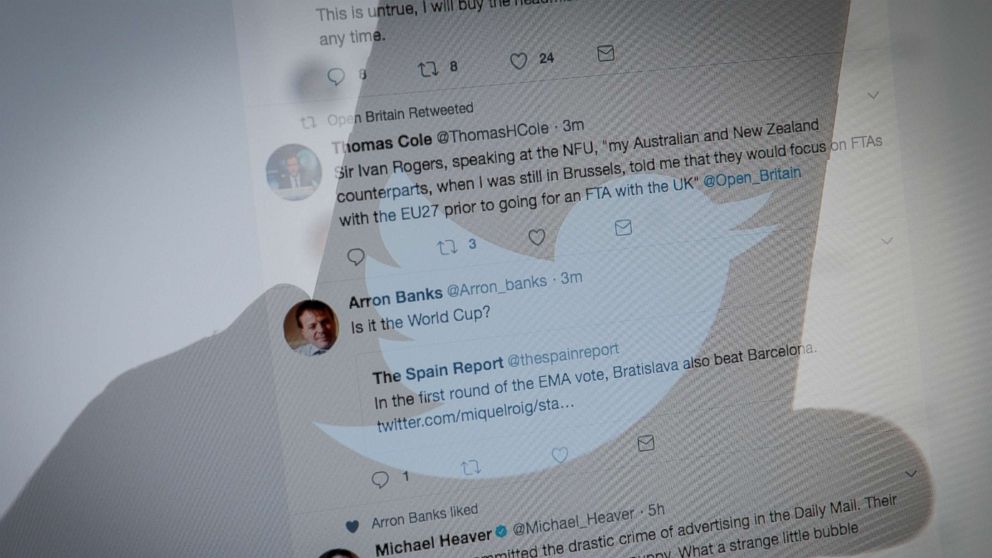'Fake news' on Twitter spreads faster, farther than truth, study finds
"Fake news" tweets making thousands of rounds on Twitter -- is it possible to track them?
A group of researchers believe they have and their study appears today in the journal Science.
Beginning in September of 2006, when Twitter began, and spanning through 2017, Professors Deb Roy and Sinan Aral of Massachusetts Institute of Technology, working with Soroush Vosoughi at MIT's Media Lab, evaluated roughly 126,000 stories that were tweeted by 3 million people, more than 4.5 million times.
False stories, the term the researchers used instead of "fake news," spread more quickly on Twitter than those assessed as truthful -– and spread wider, as well.
The effect was most pronounced for political stories, which moved across the site three times faster than other tweets, but also held true on any topic.
Why? The researchers said their math algorithms boil it down to this: Human nature makes us interested that whatever is new and different, and false stories cater to that interest.
False news that was spread quickly was considered more novel, the researchers said, and inspired emotional reactions such as "fear, disgust, and surprise in replies."
Likely because of those emotional responses, the false stories were more likely to be retweeted.
Aral has been looking at the impact of social media on society for more than ten years and is writing a book about how social media is changing people, called "The Hype Machine."
"Platforms like Facebook, Twitter and the rest are changing nearly every aspect of our society," he told ABC News. "They are upending our democracy, they are affecting businesses, our relationships, our public health."
The MIT group analyzed the tweets through six fact-checking websites, among them Politifact and Snopes, and honed in on those that could be determined true or false by a 95 percent "agreement" between the six sources. They then looked at the likelihood that a tweet would create a "cascade" of retweets.
Their results showed something surprising: that the difference in the number of re-tweets between false and true stories is huge.
False stories consistently are shared "farther, faster, deeper and more broadly, in every category,” Aral said, and are 70 percent more likely to be passed along than true stories.
Those differences held true in the speed of re-tweets, the number of re-tweets for each story and how many people re-tweeted it.
Stories determined to be true rarely went wider than 1,000 people, but the top 1 percent of false stories were routinely passed on to exponentially more people -- between 1,000 and 100,000.
A surprise: "Influencers" and those with large followings were not the ones who spread false stories most broadly.
"Users who spread false news had significantly fewer followers ... are less active on Twitter ... and have been on Twitter for significantly less time," the report says.
Although bots are often blamed for spreading "fake news," researchers found another surprise in this study. They removed the bots from their analysis, using an algorithm, and look again at the results.
"Although the inclusion of bots accelerated the spread of both true and false news, it affected their spread roughly equally," said Aral, adding that this means the spread of fake news appears to be "a human phenomenon."
"For me, the two most surprising results are the sheer magnitude of the difference between the spread of false news compared to true news," Aral said, "and the fact that bots could not explain that difference."




